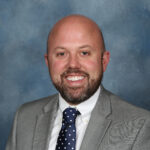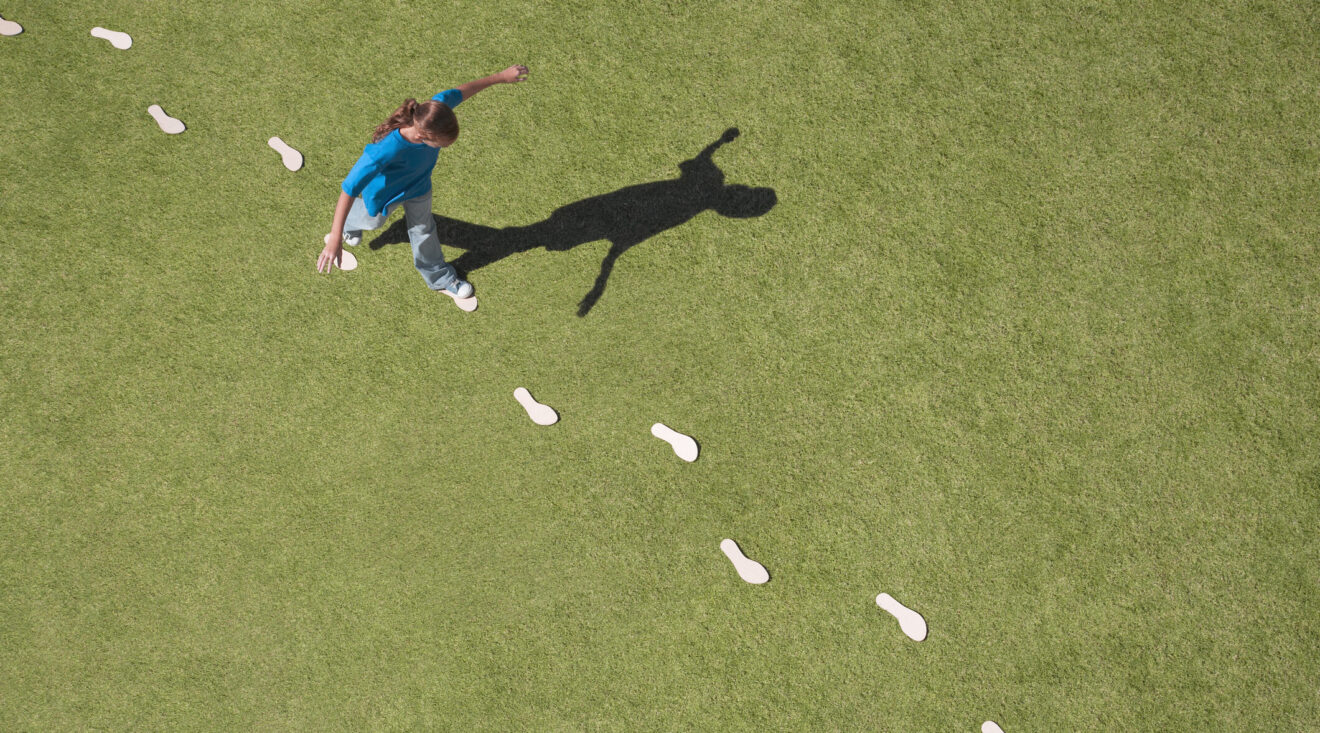
One of the most common anxieties for children is heading back to school after the summer break. But what if the first day actually happened on the last day of school? That’s the approach we’ve taken at Upper St. Clair High School in Pennsylvania for more than 40 years.
It’s called Simulation Day.
As a high school principal, I know that high school is an exciting yet challenging journey for students as they transition from adolescence to young adulthood. It is a time of exploration, growth and the pursuit of knowledge.
My school sits not far from where a beloved Pittsburgh icon, Mister Rogers, created his famous neighborhood. I have learned so many lessons from Mister Rogers, including those found in the book ”When You Wonder, You’re Learning” by Gregg Behr and Ryan Rydzewski. Rogers knew what it meant to create a safe, stable, and comfortable environment for children — one that helps them relax and feel ready to learn. That’s what Simulation Day does, too.
Unveiling the high-school Simulation Day
Simulation Day is a unique approach that allows students to step into the shoes of their future selves for a day. Instead of following the regular timetable on the last day of school, students experience a version of all their classes for the upcoming academic year. It provides a sneak peek into the subjects, concepts, and challenges they will encounter, while also igniting a sense of excitement and curiosity about the coming year.
This effort requires the support of our school neighborhood. Our school counselors begin the scheduling process for the following year in January. Then, the master schedules are developed throughout the early spring, and counselors resolve course conflicts for students in May so Simulation Day can come together.
Steve Miller, computer science teacher and math curriculum leader, shared that as the current school year ends, Simulation Day builds comfort and anticipation for the year to come. Many of the students’ first-day questions — such as “How will my day flow?” and “Who will my teachers be?” — are answered before summer begins. Taking away some of those unknowns eases the transition to the new year and lets students enter the summer excited for the upcoming school year.
Fostering wonder and curiosity
“When You Wonder, You’re Learning” emphasizes the importance of curiosity and wonder in the learning process. Simulation Day aligns perfectly with this philosophy by encouraging students to ask questions, seek answers and explore what the future holds. As they move from one class to another, students are prompted to wonder and reflect. This nurtures a thirst for knowledge that extends beyond the confines of each subject they will study.
“Simulation Day is a great reset as we turn the page from one year to the next,” says Melissa Tungate, English teacher and English curriculum leader. “Teachers and students have a chance to meet one another, talk about the upcoming course objectives and share expectations we have for one another. I think it’s a great way to start building rapport with students before the new school year even begins.”
Empowering students
Simulation Day empowers students to take ownership of their education. It gives them an opportunity to assess their interests, strengths and areas for improvement in advance. By experiencing each class, students can gauge the level of difficulty, teaching styles and potential challenges they might encounter. Equipped with this knowledge, they can better prepare themselves mentally and academically for the coming year, making informed decisions about course selections and study habits.
A student at Upper St. Clair High School shared that she believes Simulation Day is extremely valuable in helping students become more comfortable not only academically but also socially. The day gives students a chance to see and talk to others in their classes. This way, on the first day of the new school year, students feel more comfortable as they recognize familiar faces.
Simulation Day offers a remarkable opportunity for students to step into their future and embrace the wonders of learning. By experiencing a version of their upcoming classes, students cultivate curiosity, develop an understanding of the curriculum and become active participants in their educational journey. This immersive experience breaks down barriers, empowers students and builds a stronger school community.
Tim Wagner is principal of Upper St. Clair High School in Pennsylvania and recently was named Pennsylvania’s principal of the year.
Opinions expressed by SmartBrief contributors are their own.
_________________________
Subscribe to SmartBrief’s FREE email ASCD newsletter to see the latest hot topics in education. It’s among SmartBrief’s more than 250 industry-focused newsletters.
